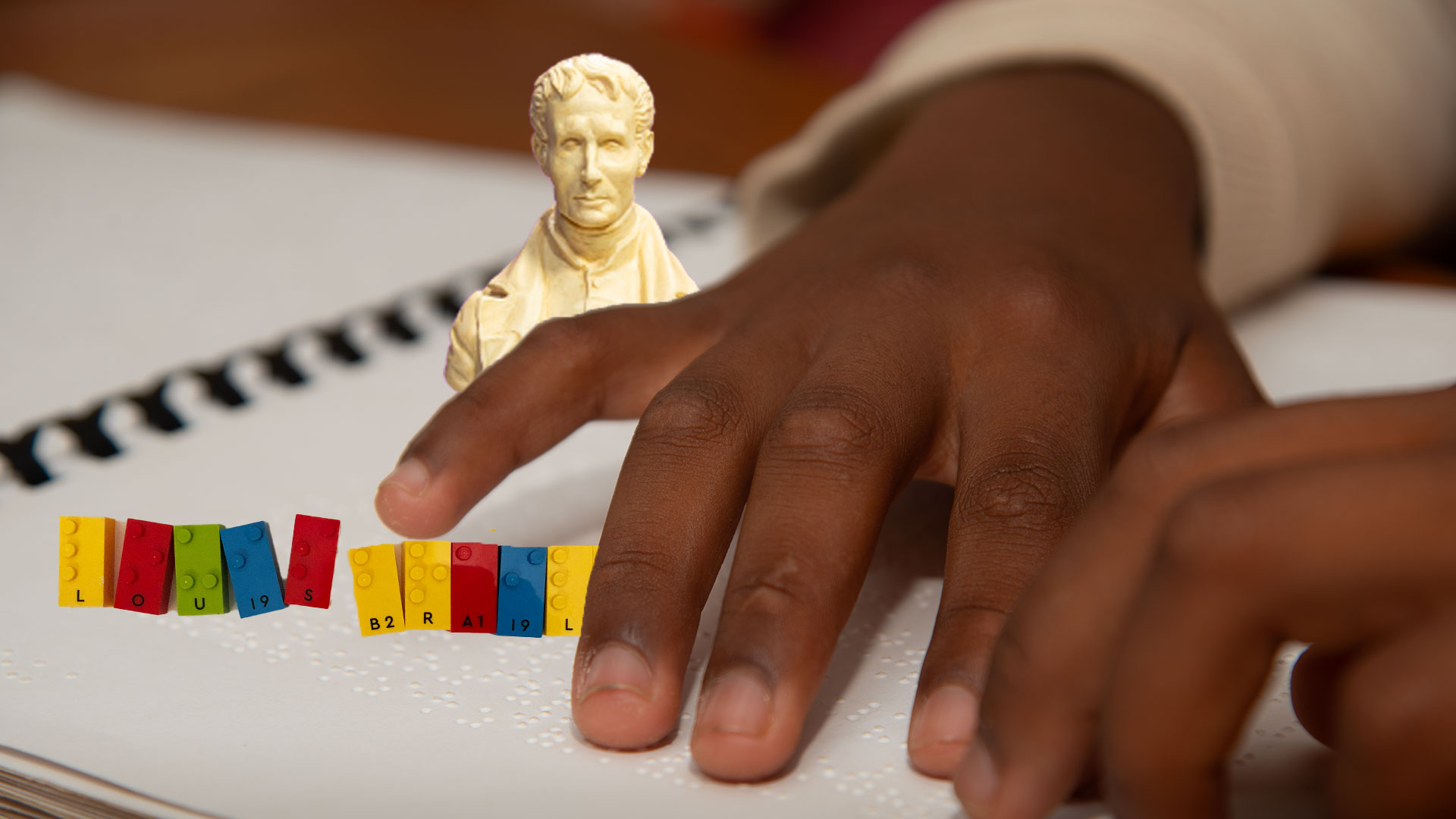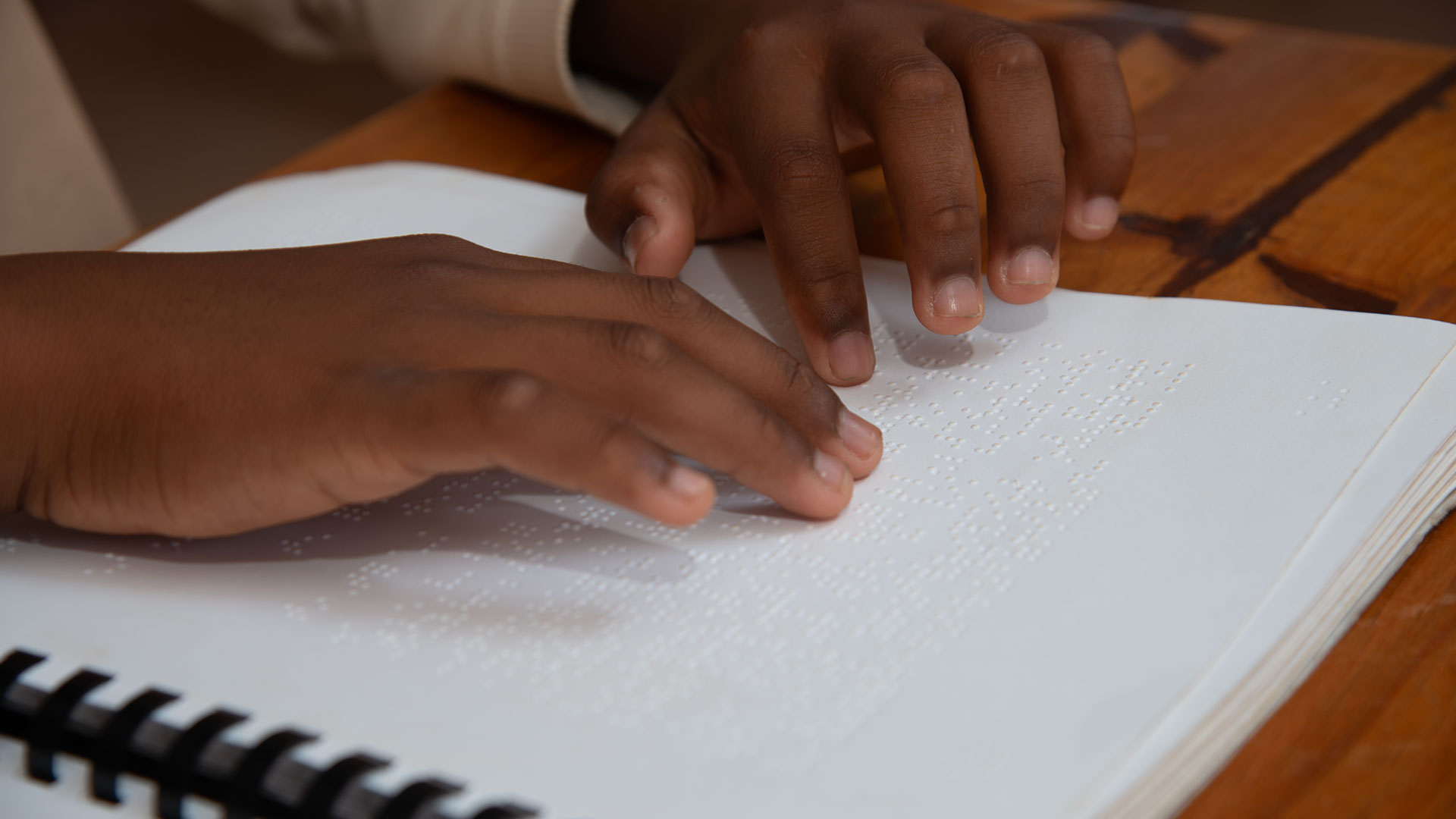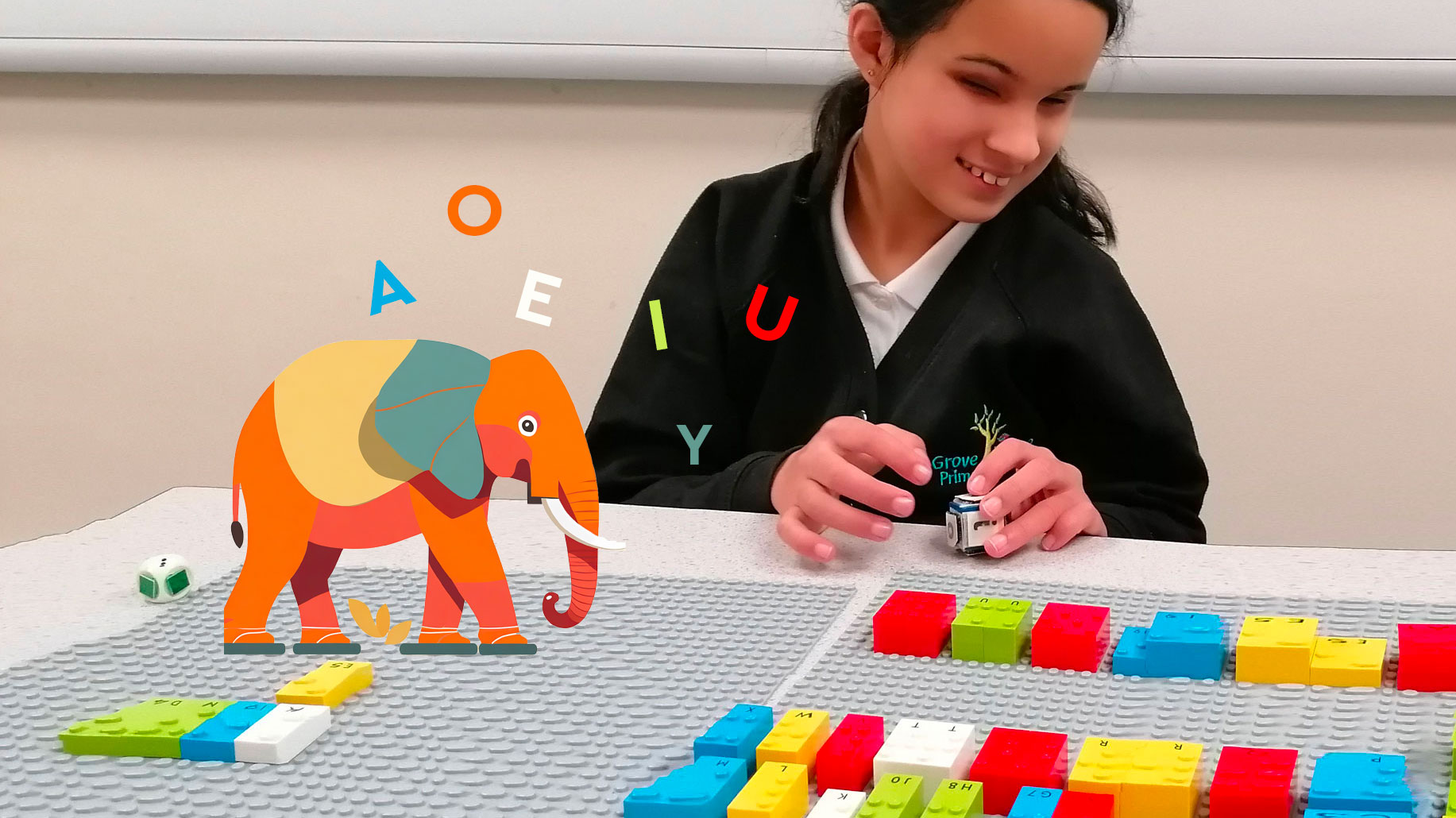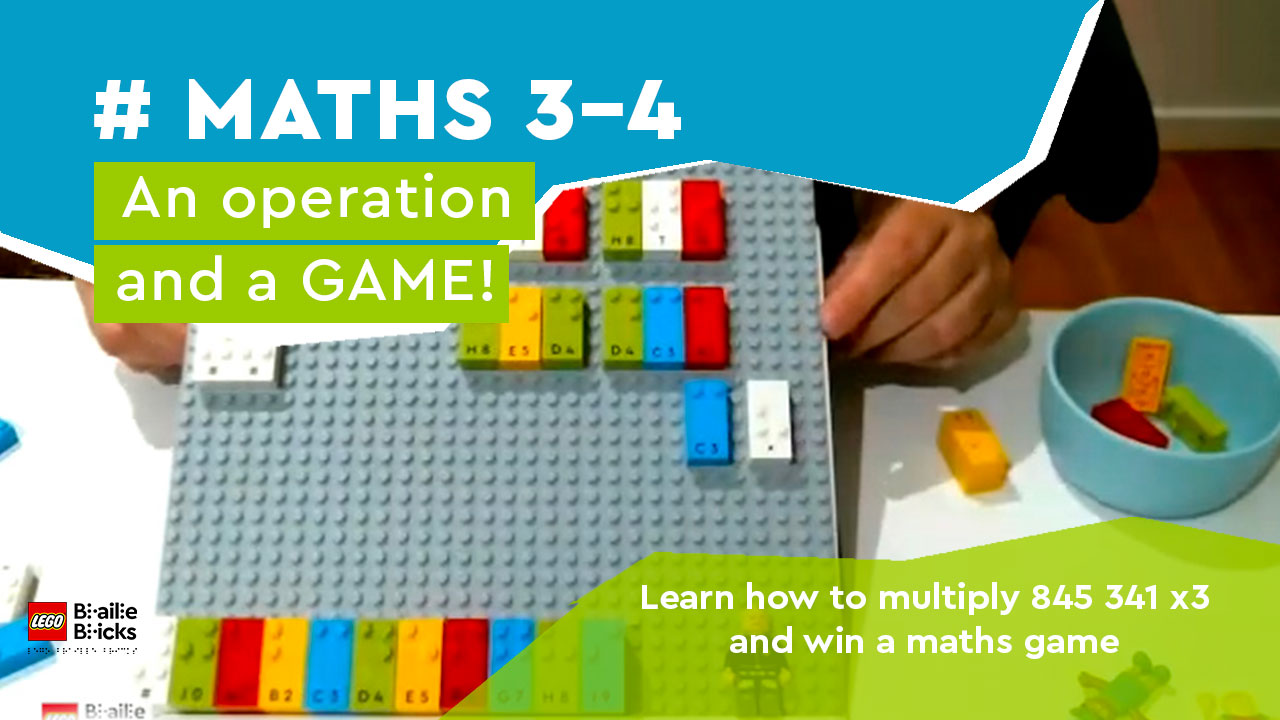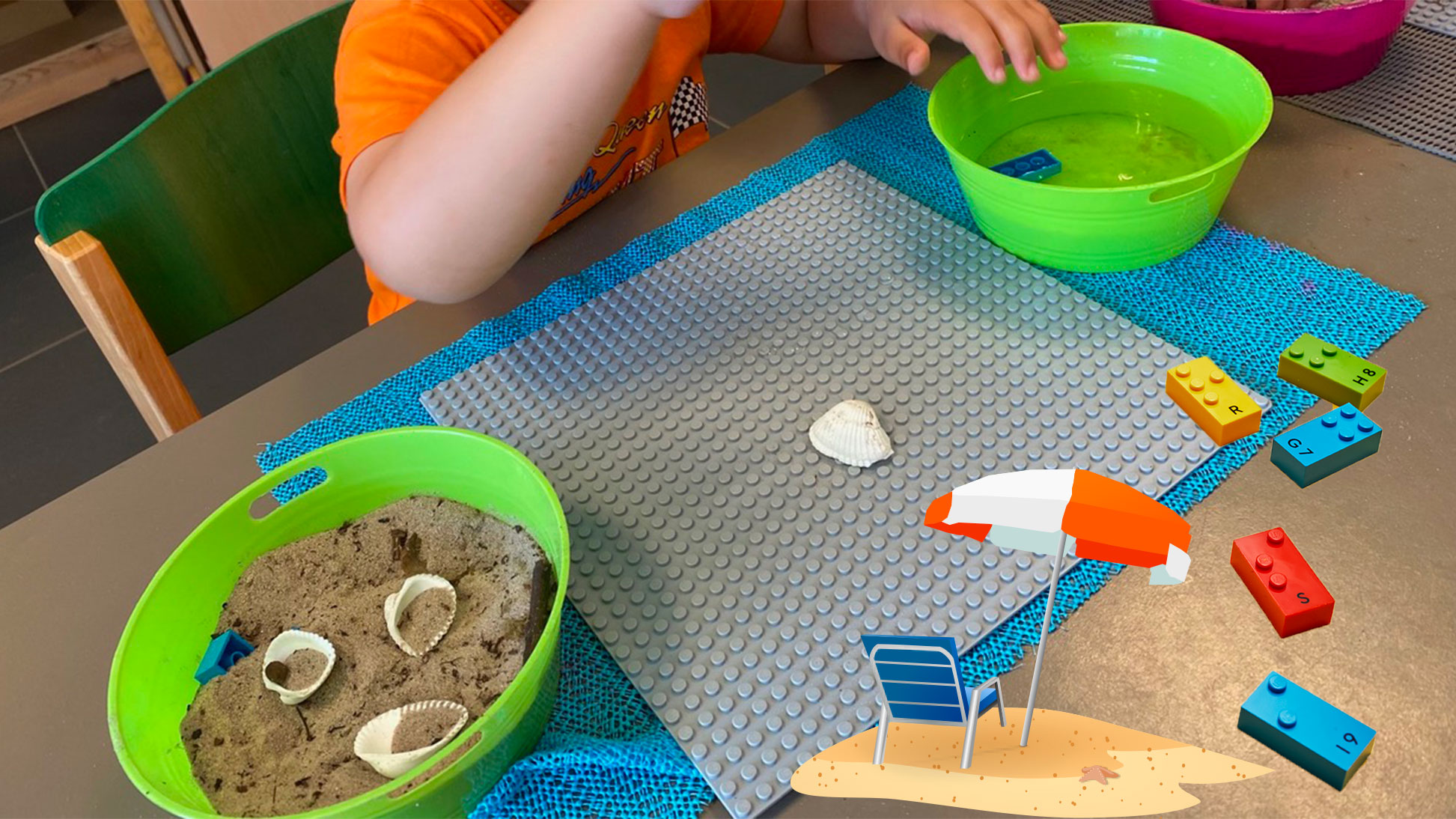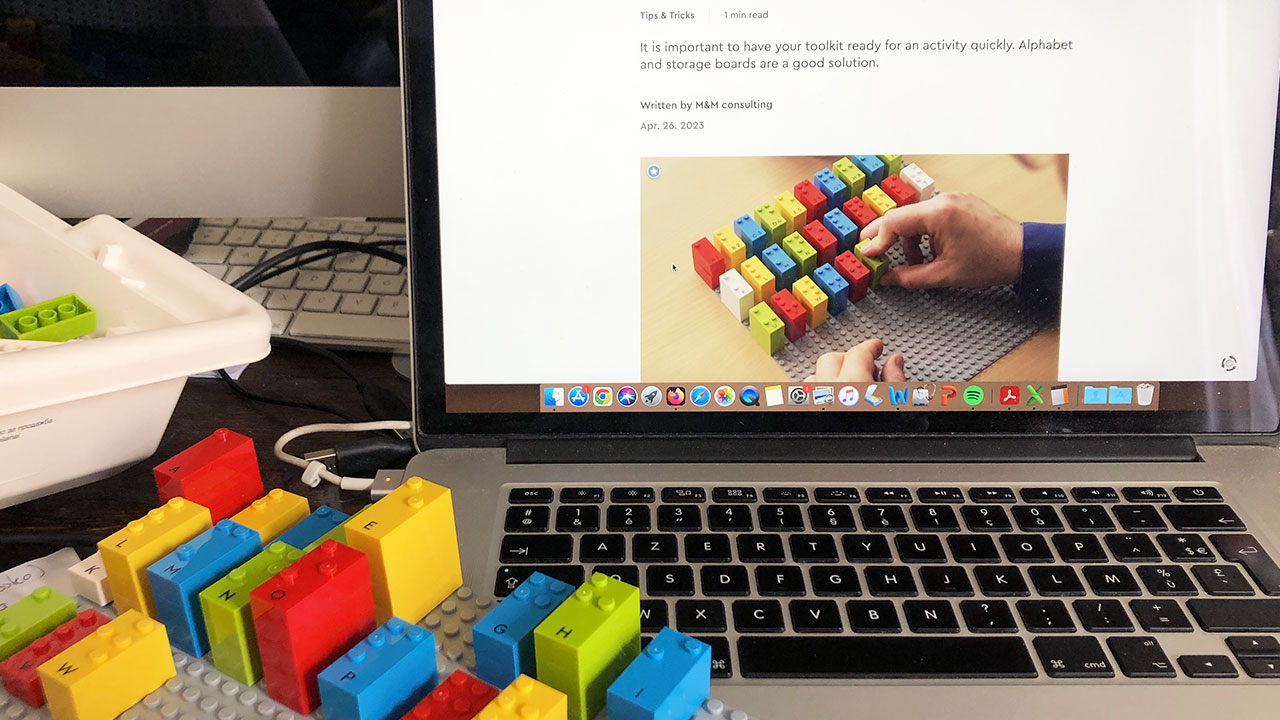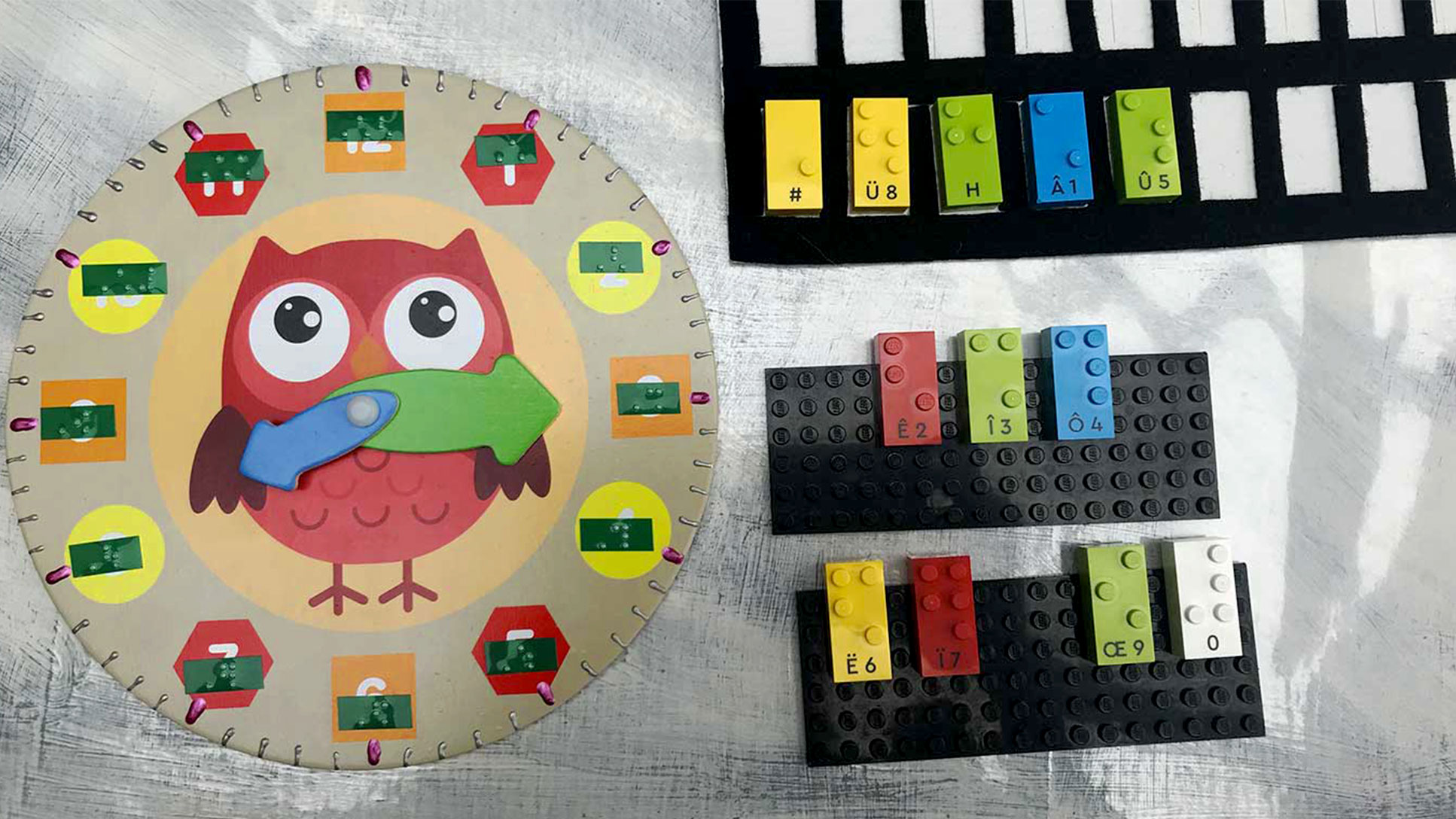Why is BRAILLE still relevant today?
Because braille code is the only writing system that allows blind people to access culture, knowledge and information.
Written by M&M
Dec. 21. 2022
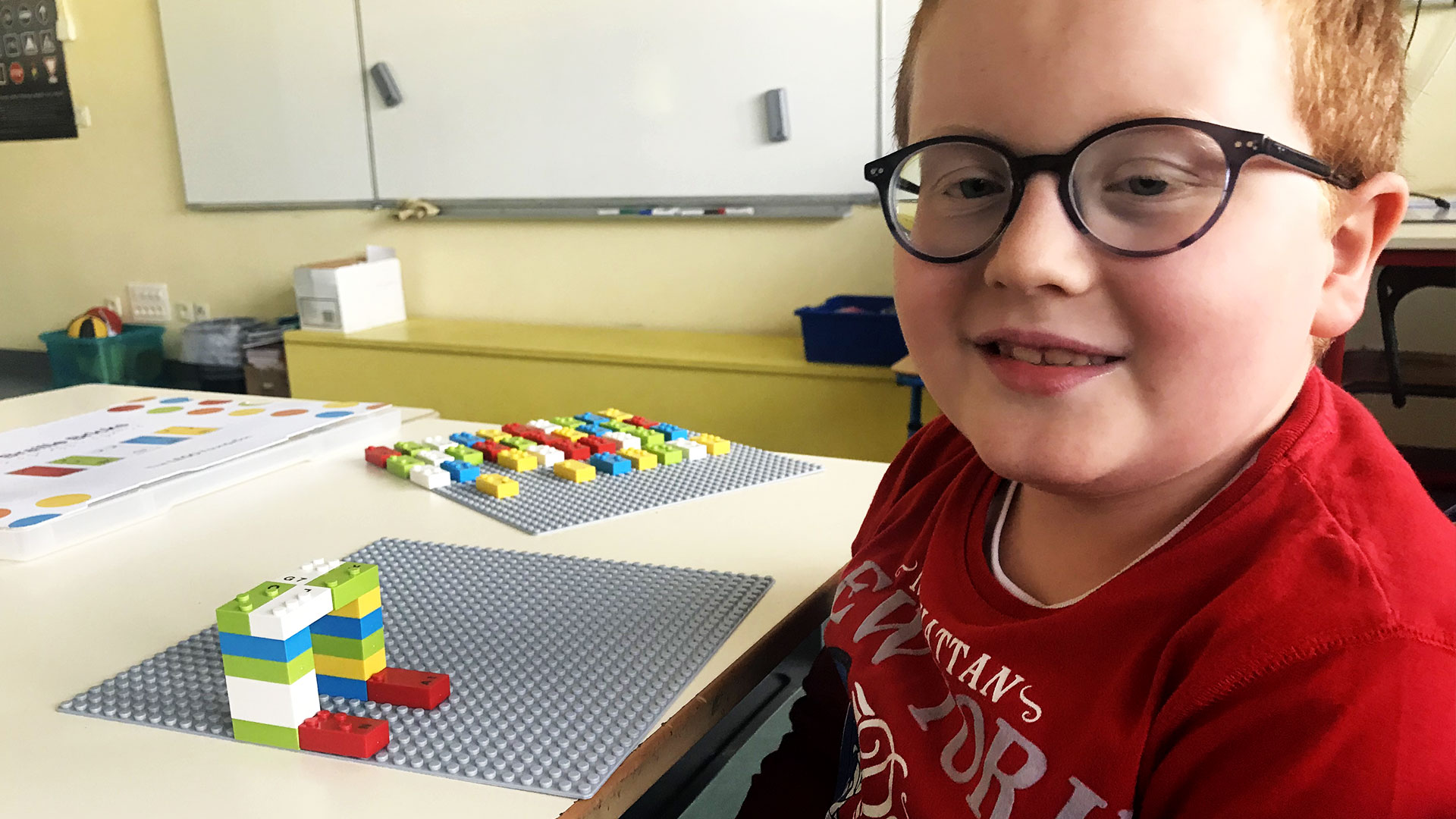
Braille code gives the blind community an unparalleled autonomy and facilitates their inclusion in school and in society. However, alongside the increasing use of text-to-speech tools, the learning of braille needs to be encouraged.
There should be no competition between braille and speech synthesis
Speech synthesis is often contrasted with the use of braille on a computer, as if one were necessarily superior to the other. It is not a question of competition but of complementarity between these two tools. Braille provides the rigour of writing, the orderliness, the lack of ambiguity and the quality of work. Speech synthesis is a valuable tool for controlling information, speeding up reading and saving time in the performance of many tasks.
Some people, often sighted, claim that Louis Braille's ingenious system is complicated and that it is better not to teach it to visually impaired children and adults. This would be like deciding not to give pens or books to sighted children because there are audio and video means of communication!
Braille opens doors for the blind
Research shows that learning braille can expand opportunities for blind and partially sighted children, giving them intellectual freedom, independence and equal access to study and work. Braille opens doors for blind people to develop a wide range of skills - all of which help to build the confidence needed to pursue their dreams and aspirations in life.

According to the European Blind Union (EBU), knowledge of braille leads to improved literacy - correct spelling, reading and writing - and a better understanding of text structure. Braille users often have higher levels of education and better employment opportunities.
Therefore, despite technological advances, it is still very important for children to learn braille.
Number of blind people in education falls dramatically
Today the number of blind people in education is falling dramatically, leading to increased unemployment. Around 75% of European adults with a visual impairment are unemployed. For the total group of disabled people in Europe, 53% are unemployed. Unemployment is closely linked to discrimination, poverty and social exclusion (source: European Disability Forum and European Blind Union).
In the United States only 10% of blind children learn to read Braille, compared to over 50% in the 1950s (National Federation of the Blind report).
However, according to the American Printing House for the Blind, there are signs that the trend is finally moving forward as the public regains faith in the importance of learning braille, despite advanced digital tools for the blind.

LEGO Braille bricks offer a revolutionary platform for teaching braille in a very playful and child-friendly way. It is hoped that, over time, it will help to bend the curve of declining braille literacy and potentially have a measurable impact on the growing number of young blind people who are thriving, succeeding and feeling included.

